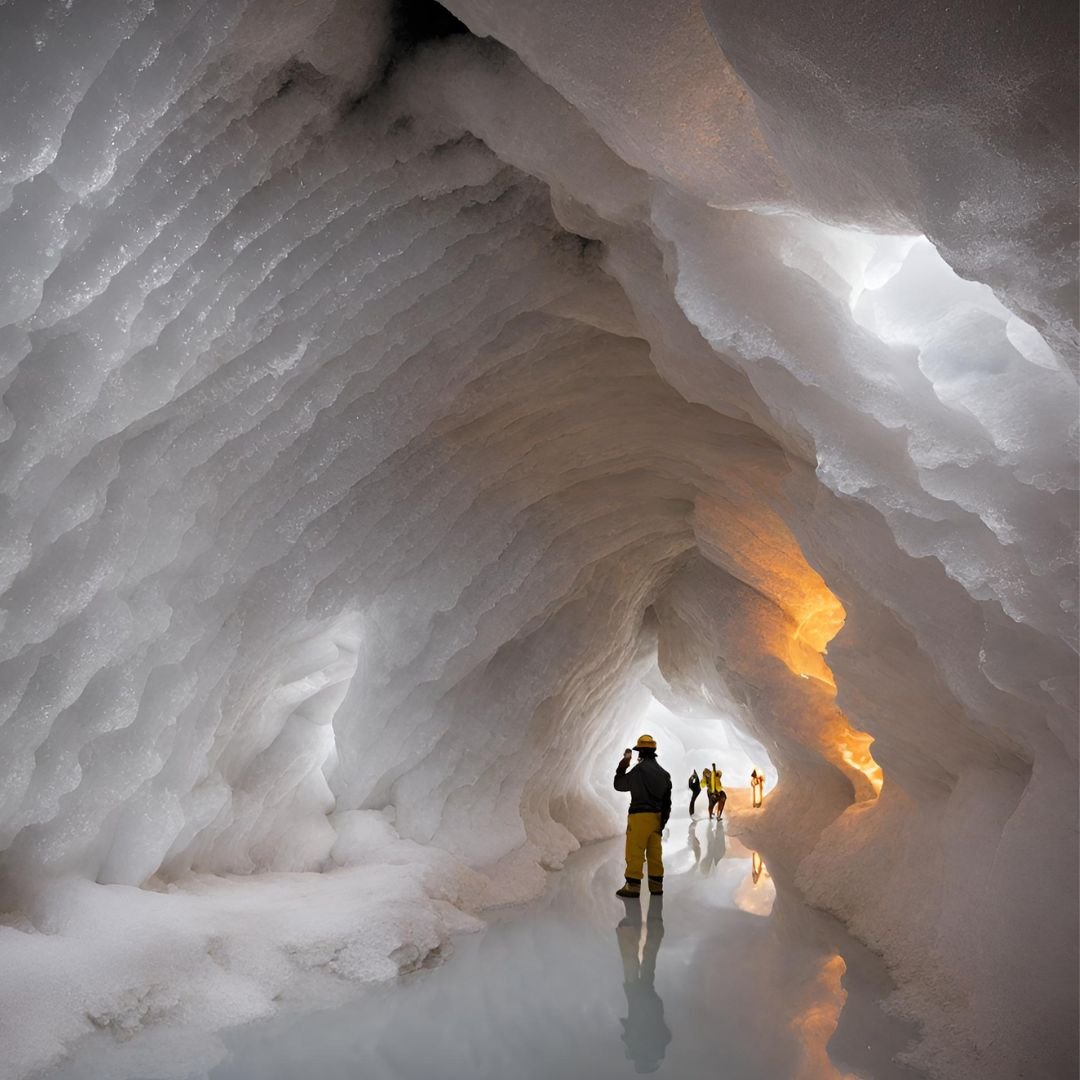How Are Salt Caverns Made?
Salt caverns are fascinating geological formations that are created through a natural process known as "solution mining." The formation of salt caverns began millions of years ago, with the deposition of ancient oceans and seas.
A detailed explanation of the process by which salt caverns are made:
Deposition
The process begins with the deposition of thick layers of sediment in ancient oceans or seas. Over time, these layers compress and transform into rock formations known as evaporites, which primarily consist of minerals like halite (rock salt).
Tectonic Movements
Due to tectonic movements in the Earth's crust, these rock salt formations may be uplifted, folded, or faulted, leading to their exposure on the surface. This provides an opportunity for further geological processes to shape the salt caverns.
Water Erosion
After the exposure of rock salt formations, a crucial step in the formation of salt caverns is the infiltration of rainwater or groundwater. Water, with its natural solvency, slowly dissolves the salt layers over time, creating underground voids and channels within the rock salt formation.
Expansion and Dissolution
As water infiltrates the salt formation, it gradually dissolves the salt, enlarging the existing voids. The salt caverns are typically formed by the preferential dissolution of weaker zones within the rock salt, creating larger chambers with intricate shapes and sizes.
Pressure Redistribution
The dissolution of salt crystals in the rock formation leads to the redistribution of pressure within the surrounding rocks. This redistribution of pressure further aids in the expansion of the caverns. The pressure exerted by the rock layers above helps to maintain stability within the caverns.
Mineral Precipitation
While the caverns are being formed, some dissolved minerals may precipitate within the salt caverns due to various geological factors. These minerals can include anhydrite, gypsum, or other elements, further contributing to the complexity and diversity of the cavern structures.
Collapse and Sealing
Over time, the caverns may become unstable due to a variety of factors, such as changes in pressure or compromise in their structural integrity. In some cases, parts of the caverns may collapse or close off entirely, sealing the remaining portions and preventing further growth.
Human Utilization
Salt caverns have not only captivated scientists but have also been utilized by humans for various purposes. Artificial storage caverns can be created by injecting water into the salt formations, dissolving the salt and creating caverns suitable for storing natural gas, crude oil, or other commodities.

